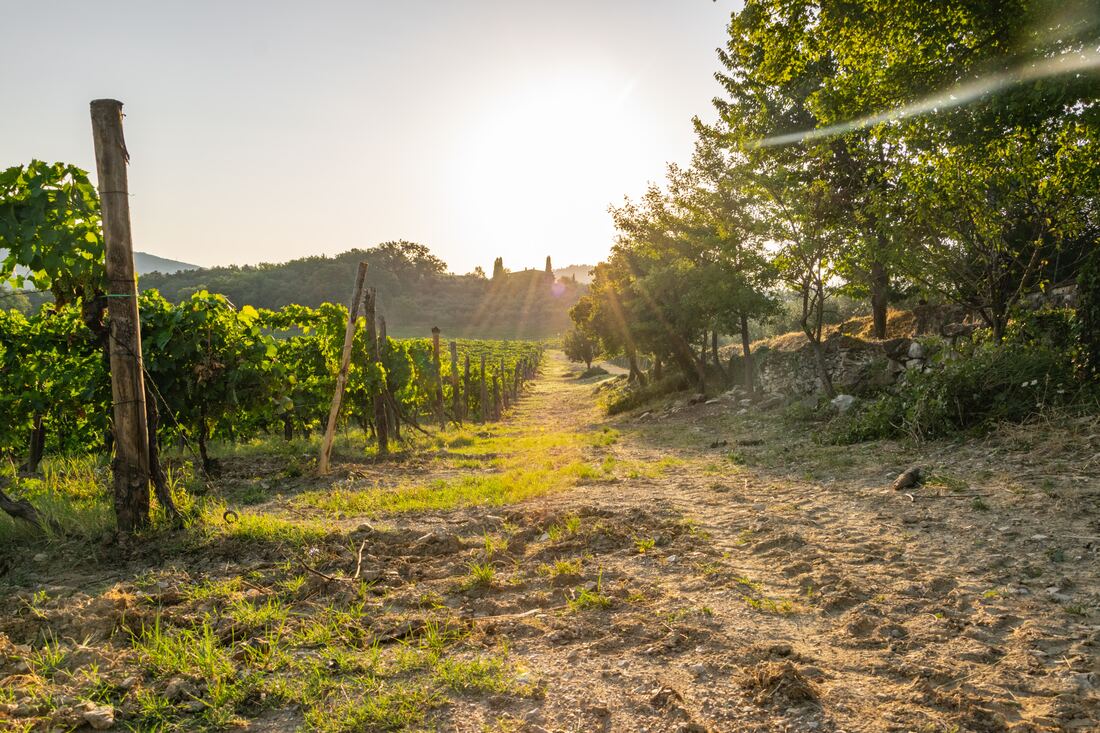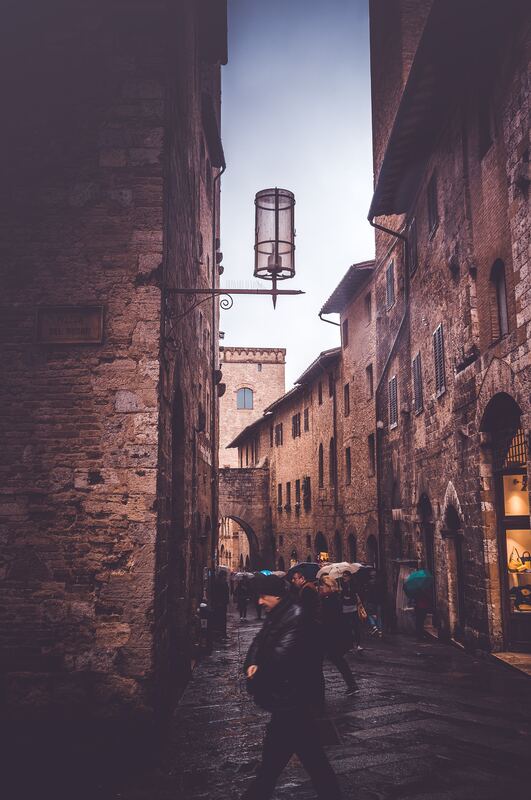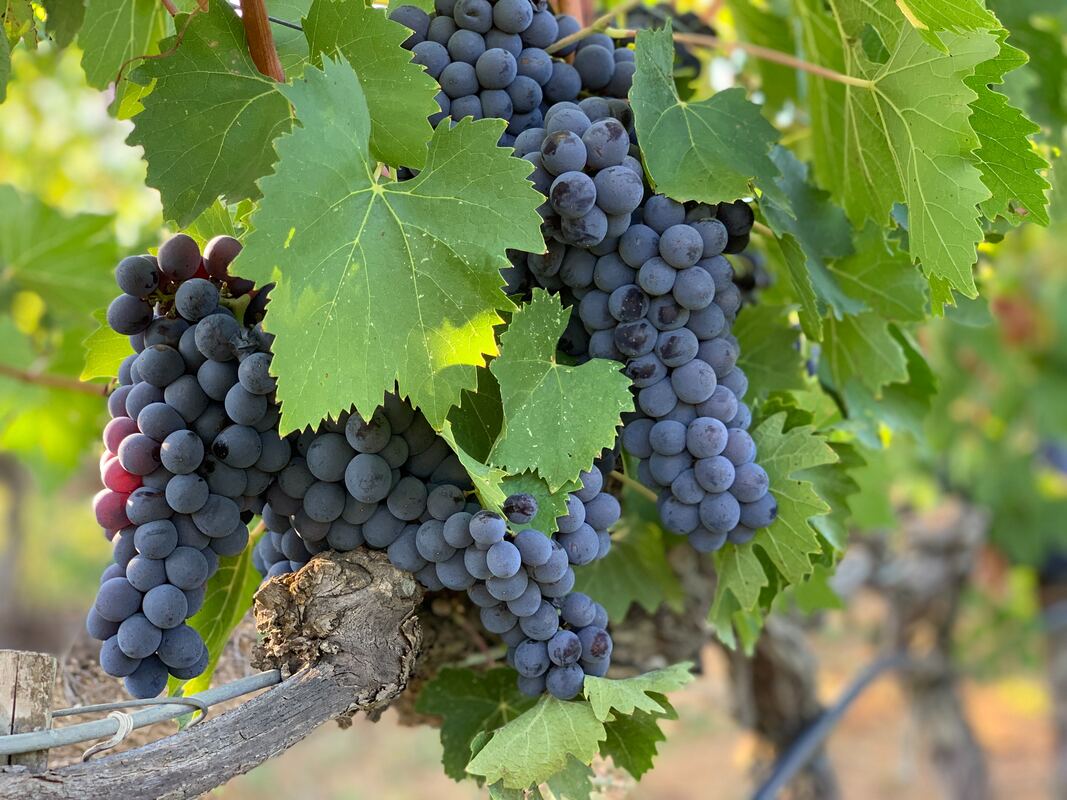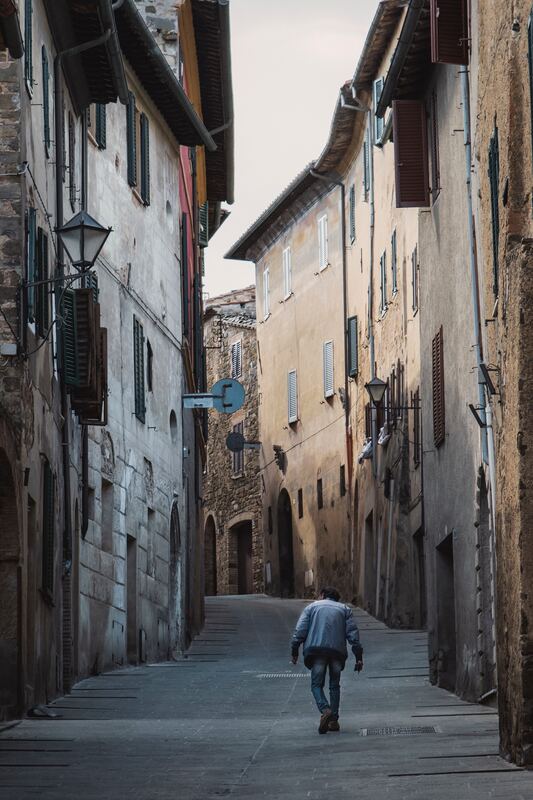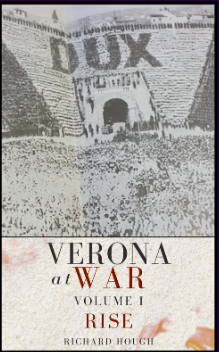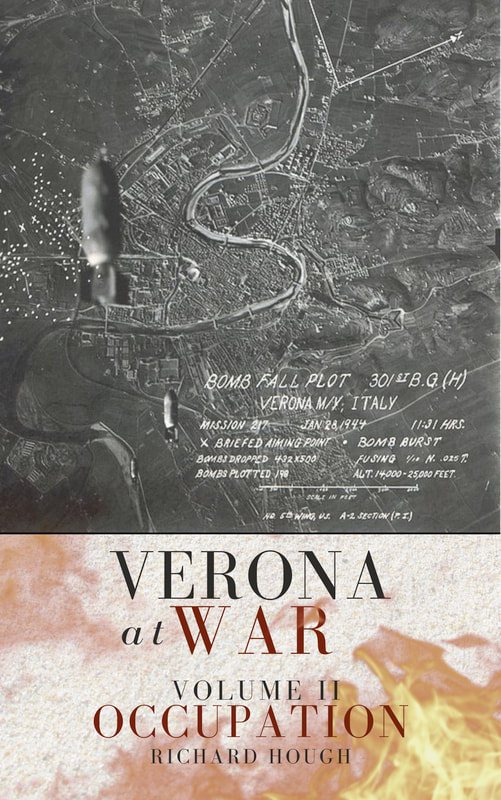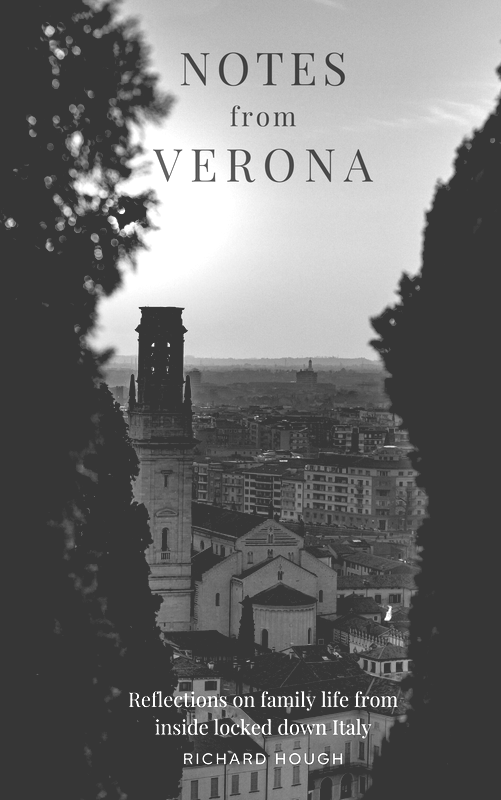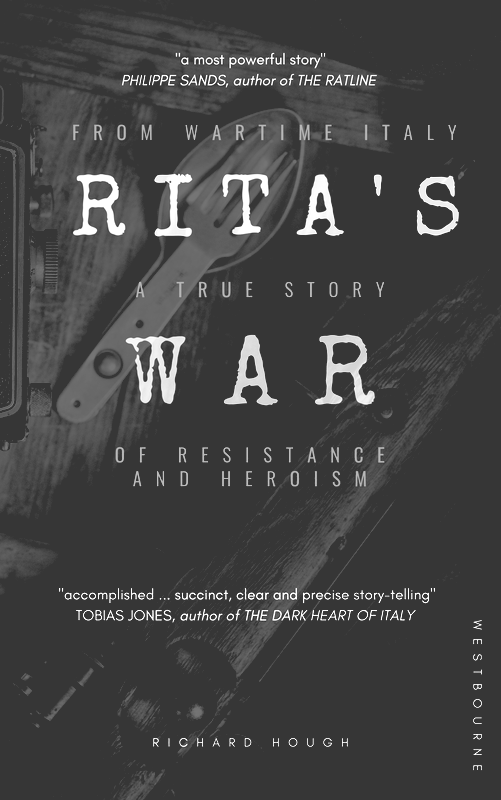|
A few weeks ago I was fortunate enough to enjoy a whistle-stop tour of Tuscan viticulture at a five-star luxury resort near Siena. Yes, I know, it was one of my toughest assignments yet!
Siena, it barely needs saying, lies in the heart of one of Italy’s most prestigious wine producing regions. Tuscany is to Italy what Bordeaux is to France. It has 40 DOC(G) status wines (second only to Piedmont, which has 52) and is home to some of the most recognisable names in Italian wine. The resort’s cavernous cellar, situated below a thirteenth-century villa, contains over 1200 prestigious and boutique labels. I was lucky enough to taste a few of them.
A great white
Teruzzi Vernaccia di San Gimignano (2010) We started the tasting with a Vernaccia di San Gimignano, Tuscany’s renowned white wine made from the Vernaccia grape. It is one of the regions most historic wines. In 1966, it became Italy’s first DOC and in 1993 it was elevated to DOCG status. San Gimignano itself is a charming medieval village about 35 kilometres from Siena. Its striking hilltop location, medieval walls, towers and churches make it an ever-popular tourist destination, while the high altitudes and calcareous, sandy soils surrounding the village are well suited to producing structured, aromatic white wine. On nosing the cork, a look of mild consternation played across the face of our urbane sommelier. He quickly regained his composure, poured the wine and had a sniff. While he seemed far from convinced, we proceeded with the tasting. Unfortunately, the sommelier’s suspicions were confirmed when he took a mouthful of the wine. It wasn’t corked, he explained, it was just un po’ chiuso (a bit closed). This can be a particular problem with white wine, which doesn’t age as well as red. With some breathing time, the wine would probably have improved, but eager to proceed with our tasting, he reached for another bottle. No problems at the second time of asking, and we were soon enjoying a crisp, floral bouquet with a slightly bitter almondy finish. A classic Vernaccia di San Gimignano!
A timeless classic
Selvapiana Chianti Rufina (2015) As early as the 14th century a wine known as Chianti was being produced in the hills between Florence and Siena. A few centuries later, the Medici established the first known laws governing wine production, establishing, amongst other things, the various production zones of the Chianti region. Due to overproduction and substandard production techniques, Chianti’s image was tarnished somewhat during the 1970s and 1980s and even today the brand still suffers from its straw-covered fiasco table wine image. Personally, I’m a big fan of that nostalgic facade, but perhaps not quite in keeping with today’s luxurious surroundings! An upgrade to DOCG status in 1984 sparked a much-needed renaissance in production techniques and the creation of the gallo nero (black rooster) logo, the symbol of the Chianti producers’ association, coincided with a general improvement in production values across the region. Tuscan wines are dominated by two grapes – the white trebbiano and the red sangiovese. It is said these were native wild vines, domesticated long ago by the Etruscans. The ancient Sangiovese grape is perhaps the most important native red grape in Italy (alongside the Nebbiolo of Piedmont). Naturally high in acidity and aroma, it is the predominant grape variety in Chianti Classico. As well it’s characteristic black cherry flavour, the Sangiovese also gives Chianti a certain woody, smoky quality, an intoxicating blend of sweet and spicy. On the shelfs of the cantina, I noticed a few of the famed 1997 vintage (a year in which the reforms and replantings of the 1980s and 1990s coincided with particularly good weather) and was tempted to ask for a taste, but instead we settled for a fresher vintage, still mouth-wateringly good!
On the rocks
Bolgheri Sassicaia Next, the Sommelier produced a Bolgheri Sassicaia. Bolgheri is about 30 minutes south of Livorno on Tuscany’s Mediterranean coast. It is an area densely populated with cinghiale – Italy’s ubiquitous wild boar and is prime hunting territory. Compared to the ancient Chianti, the red wine produced on the now-famous hills of Bolgheri is a newcomer to the Italian wine scene. In 1944, while others had more pressing matters to attend to, Mario Incisa, recently arrived from Piedmont, planted his first vineyard. Intent on making a Bordeaux-style wine for his personal consumption, it wasn’t until 1968 that he released his first wine onto the market. He called his wine Sassicaia (rocky place) and it took the wine world by storm. The elegant blend of merlot and cabernet grapes married with the tarry, woody notes typical of Tuscan vines proved to be a winning combination, while the proximity of the Tuscan coast gave the Sassicaia its unmistakable saline quality. In 1984 a Bolgheri DOC was created and over the last decade wine making in the region has exploded.
The big brown
Brunello di Montalcino Casanova di Neri 2014 With our dinner reservation rapidly approaching, it was time for our final tasting, a Brunello di Montalcino. Montalcino is another of those iconic Tuscan hill towns. Just 25 kilometres south of Siena, the climate here is dryer, hotter and more Mediterranean than the damper, cooler climate of the Chianti Classico territory. The soils are also different, containing more sand and limestone. These factors combine to produce a super robust strand of the sangiovese - the famed Brunello di Montalcino. With its deep flavours and superior ageing potential, Brunello di Montalcino is up there with Piedmont’s Barolo and Barbaresco as one of Italy’s most sought after wines. The wine we tasted was rich and full-bodied with warm red-cherry and plum and hints of chocolate, leather and coffee. Intoxicating! |
AboutRichard Hough writes about history, football, wine, whisky, culture + travel and is currently working on a trilogy about wartime Verona.
|
